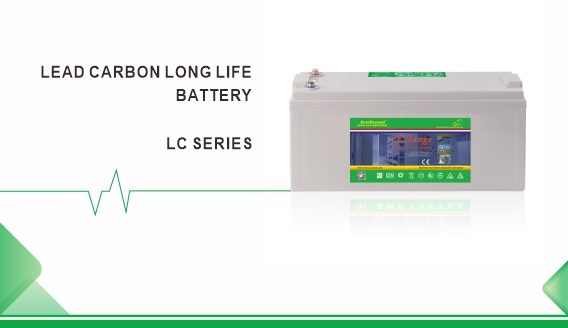
Jun , 30 2023
The influence of chemical properties such as carbon material type and addition amount on battery performance was studied. Several different types of carbon materials (graphite, carbon black, activated carbon, etc.) were selected and tested for their effects on the negative electrode plate with additional amounts ranging from 0.2% to 4%, as well as hydrogen evolution inhibitors and adhesives. And c...
more
